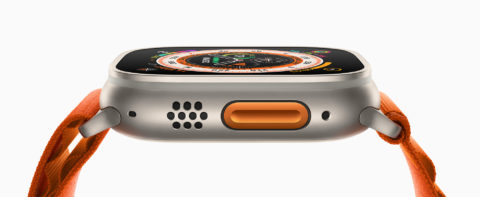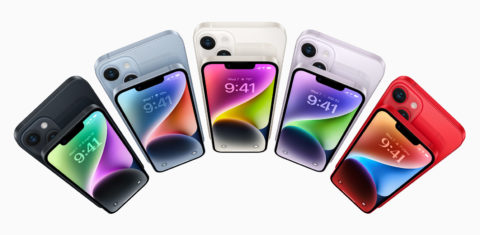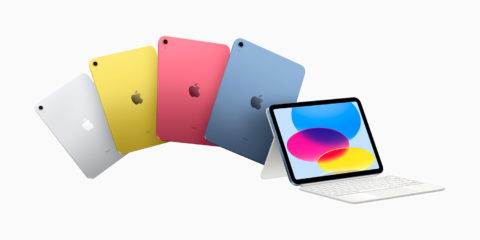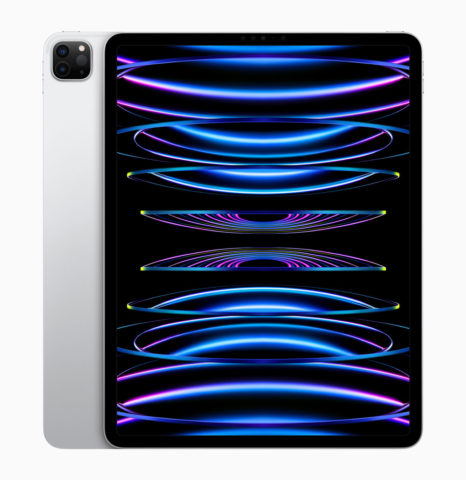The year Apple went forward, backward, and sideways, all at the same time
Product line-ups can get messy. When that happens with Apple, grumpy folks hark back to when Steve Jobs returned to the company and outlined a refined product matrix. Designed around customer needs, the company stripped back its offering to four Macs: one pro and consumer model each, for desktop and mobile categories.
It would be unfair to expect such ruthless efficiency today. Apple operates in more markets, including cell phones, tablets, and wearables. But that doesn’t excuse confusion – nor it feeling like the company eking out every last dollar is more important than the big picture. (That assumes, of course, this isn’t now the big picture.)
Sign of the time(keepers)

The Apple Watch line-up was, until September, guilty of putting profit before what was best for customers. The high-end flagship model was fine, as was the middle-ground Apple Watch SE. But the entry-level Series 3 was a relic, which had no reason to still be on sale. The tech had dated to the point Apple knew its own software wouldn’t support the device beyond September.
Unsurprisingly, the Series 3 vanished when the line was refreshed (to the chagrin of recent buyers). Now, the Apple Watch line-up is as refined as a Jobs-style matrix: the entry-level SE; the Series 8 with some added extras (edge-to-edge always-on display; additional medical sensors); and an Ultra for people who demand the cutting edge – or are rugged outdoor types that climb mountains or dive into the inky depths of the ocean.
The problem is Apple swiftly complicated everything else.
Go Pro or go home

The new 2022 iPhone line-up marked a big change in direction – a bad one if you didn’t go Pro. For the first time, not all new iPhones got the same chip – the standard iPhone (and its new Max sibling) got an A15 rather than the new A16. There was painful spin from Apple about the A15’s GPU now being 18% faster, but… it’s still last year’s chip.
You might argue this shows confidence on Apple’s part regarding its chip’s capabilities. Even today, the year-old A15 remains ahead of the competition – although it also gives Android a year to catch up. More importantly, perhaps, it aids supply chain issues. But none of this benefits consumers.
The only plus point is for those people with extra money to spend, who on buying an iPhone Pro now end up with a device that’s more differentiated from the standard iPhone. Go for the latter and you get a relatively raw deal.
Better slate than never

But it’s the iPad that’s most baffling regarding Apple’s current direction – and time will tell if it points at wider problems at the company.
In isolation, the 10th-gen iPad looks pretty great. It now resembles the iPad Air, with an all-screen design. It also gets the selfie cam on a long edge, for use in landscape – so it doesn’t always appear like you’re looking off to the side during calls. And there’s a new optional hardware keyboard with a row of media keys.
Yet the new iPad Pro M2 doesn’t get these things, which is baffling. Additionally, the 10th-gen iPad is expensive to the point the 9th-gen remains on sale. And its unlamented (cheaper) display means Apple’s stuck with the first-gen Apple Pencil. But because the new iPad is USB-C and the Pencil has a Lightning connector, you now need a dongle and cable to pair and charge it. It’s the opposite of elegant.
Related reading: how Apple could fix iPad’s baffling lineup
Between the cracks

There are other gripes too, most notably the aforementioned keyboard not being compatible with the iPad Air and 11in iPad Pro – this despite those devices being essentially the right size and having users who’d love the keyboard’s feature set. And while the gripes outlined in this piece individually are quite minor, together they suggest a lack of joined-up thinking mixed with a little greed.
After all, why else would an Apple Watch be sold that Apple knew would be obsolete the same year? Why would iPad Pro lack key features the entry-level device now has? And why would that entry-level iPad use a key accessory that isn’t compatible without a dongle?
Apple is known for its ecosystem. It prizes itself on everything just working. It’s therefore a concern when cracks appear that are big enough to poke a finger through. Here’s hoping that what we’re seeing is an awkward transition period exacerbated by COVID and supply chain issues – and that everything will look more refined (and more ‘Apple’) in 2023.

